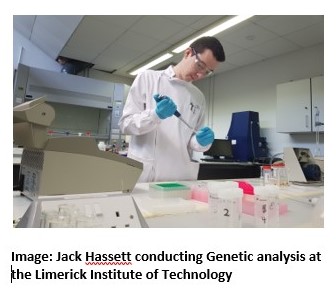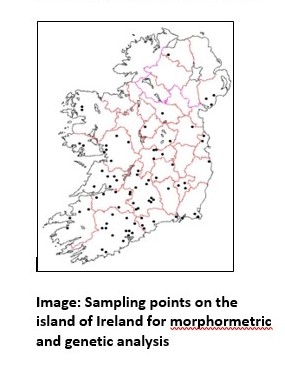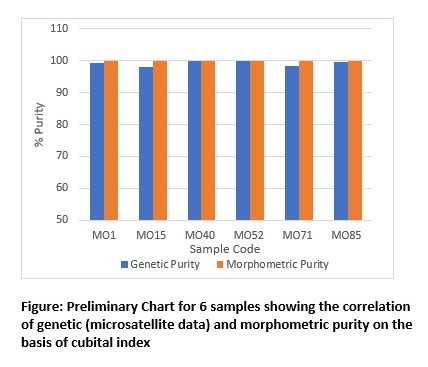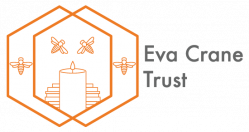A comparison of morphometric and molecular genetic methods of analysis for the Irish honeybee population.
A comparison of morphometric and molecular genetic methods of analysis for the Irish honeybee population.
 A comparison of morphometric and molecular genetic methods of analysis
A comparison of morphometric and molecular genetic methods of analysis
for the Irish honeybee population.
(Summary Report)
The natural range of the dark European honeybee, Apis mellifera mellifera has been significantly reduced in recent years. Previous studies have indicated that a substantial amount of A.m.m. populations throughout Europe are heavily hybridized. Recent genetic studies into the Irish population indicate that the Island may contain a significant pure population of A.m.m. with 98.7% of bees’ sampled showing over 95% purity for A.m.m. (Hassett et al.). The first  descriptions of the subspecies were based on morphology. More recently molecular methods have become increasingly important in identification of honey bee subspecies. These methods are based on microsatellites, mitochondrial DNA (mtDNA) and SNP analysis.
descriptions of the subspecies were based on morphology. More recently molecular methods have become increasingly important in identification of honey bee subspecies. These methods are based on microsatellites, mitochondrial DNA (mtDNA) and SNP analysis.
Thanks to funding from the Eva Crane Thrust, sampling and examination of morphometric and genetic results was undertaken. Morphometric markers such as cubital index and discoidal shift were examined from over 100 beehives sampled throughout the island of Ireland. This analysis is being conducted in order to examine the usefulness of morphometric analysis in an Irish population context and possibly improve current morphometric parameters which can be used to identify sub species of honey bees. This would be very useful for beekeepers to assess the purity of their own breeding stocks.
Preliminary data analysis shows a strong linkage between the cubital index and the purity of the sample based on genetic analysis. Further analysis is being conducted in order to insure the validity of these results.
Based on some initial results it would appear that morphometric analysis may be a useful tool to utilise in conjunction with genetic analysis to effectively monitor the purity of the Irish Honey Bee population.
Acknowledgements:
The work was conducted by Jack Hassett under the supervision of Dr Liz Moore and Dr Michael Geary at the Limerick Institute of Technology. The authors would like to thank Institute for use of facilities, GBBG, NIHBS, and FIBKA, the Williams and Mac Giolla Coda families and all the beekeepers who participated in this study.
We would also like to sincerely thank the Eva Crane thrust for their support with this work.
Jack Hassett, Dr Liz Moore, Dr Michael Geary
